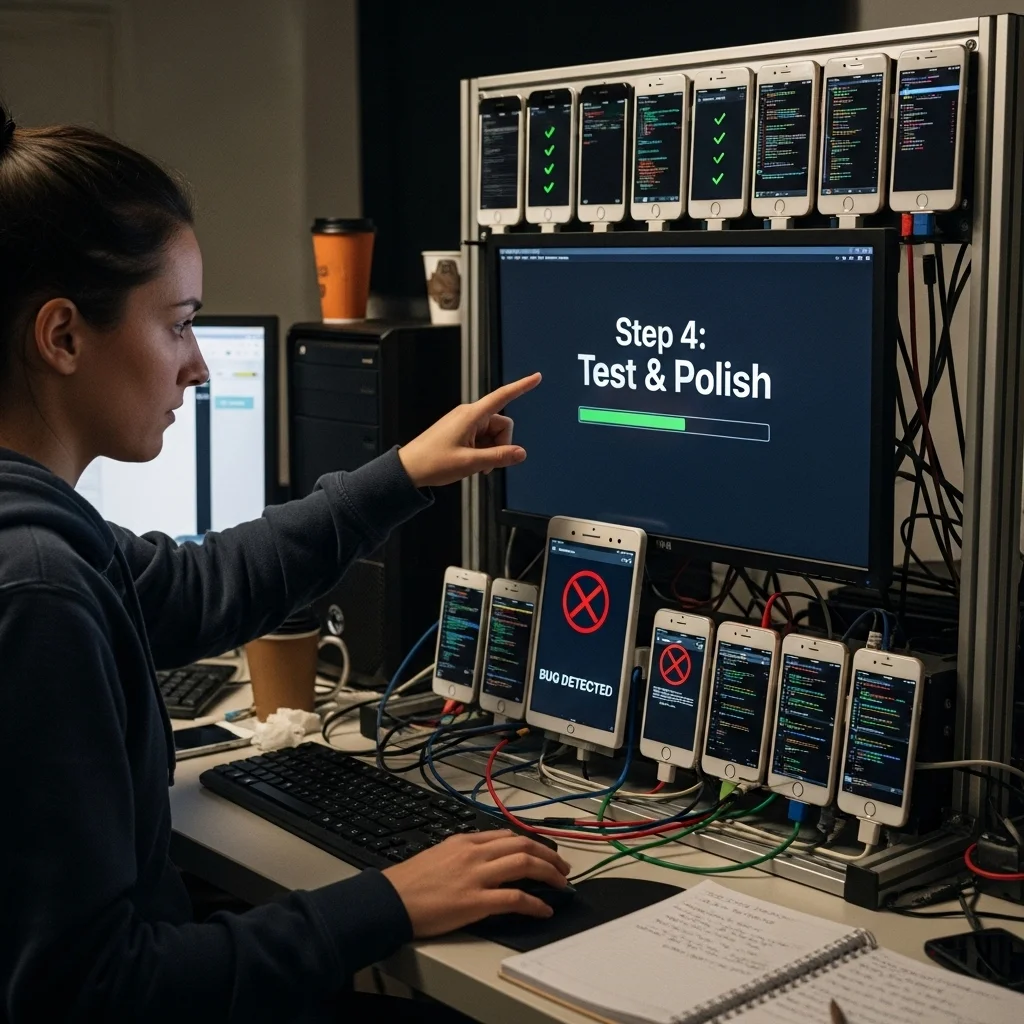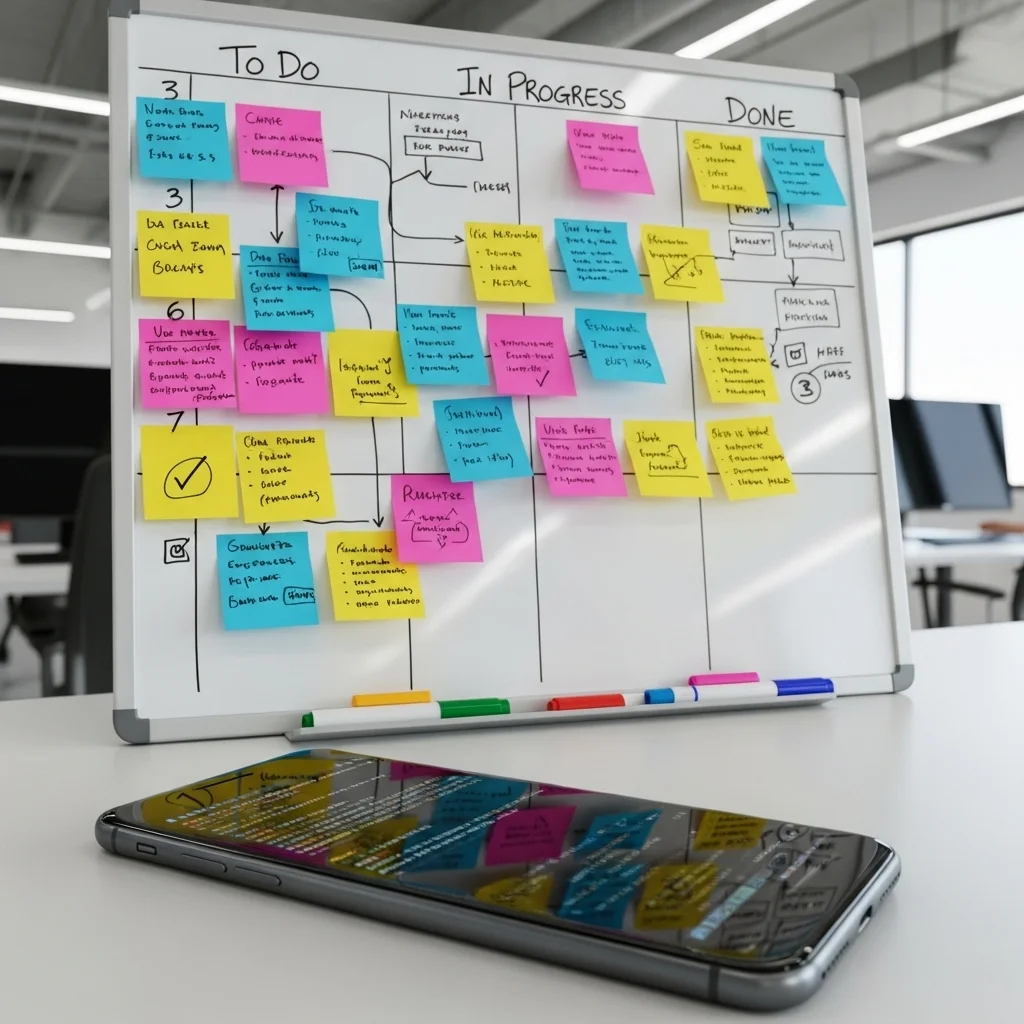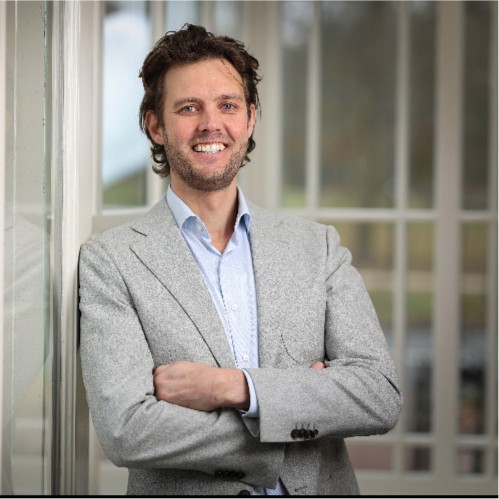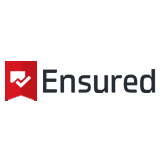Building a mobile app is like climbing a mountain: the view from the summit is breathtaking, but without a rope and a route map you can end up in a ravine. In this article I guide you — step by step and without fluffy jargon — through strategy, technology, design and security. A good app should not only feel great; it must also earn a permanent spot on your users’ smartphones.
audience
Who are the people who will soon open your app while waiting on the platform? Focus on problems, context and behaviour; the technical specs come later.





















.webp)
